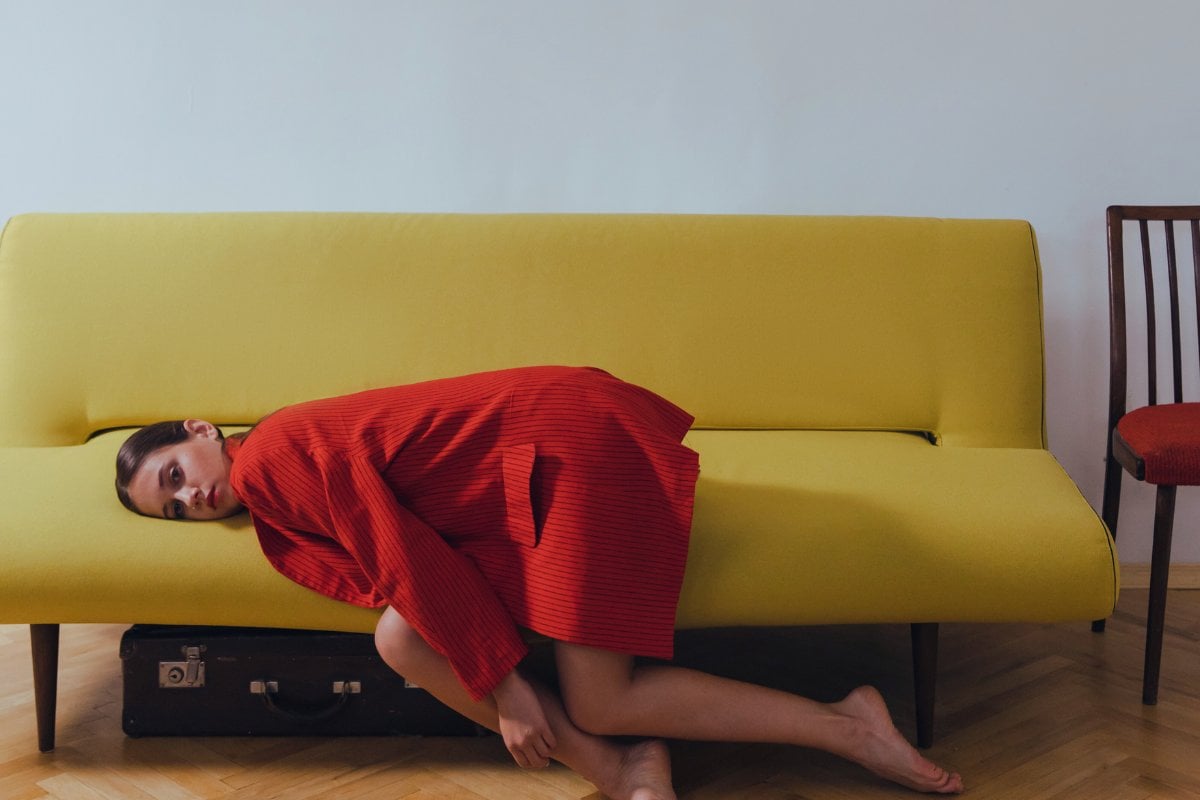
If you had a dollar for every conversation you’ve had about how! insanely! cold! it is right now in Australia, you’d probably be rich enough to escape to sunny Europe.
It’s true. Aussie winter this year is tough, especially as freezing air from Antarctica is hanging around and causing what the weather bureau has termed a 'polar blast'. In fact, temperatures are reportedly eight degrees below average for this time of year.
But if you’re not one of the fortunate Aussies currently lying on a beach on the coast of Italy and instead, you’re hibernating in the dark at home feeling sadder than usual, you’re not alone.
In an episode of The Quicky podcast, Claire Murphy explained that you might just be going through a bout of seasonal affective disorder (SAD), or as we most commonly refer to it… seasonal depression.
Is seasonal depression a thing?
In short, yes, seasonal depression is a thing and it’s totally valid for you to feel extremely down when the weather transitions from warm to cold.
"It has been proposed that the shortage of environmental light has to do with a developmental disorder depending on the daily hours of sunlight," explained psychiatrist and researcher at the University of Tasmania Dr Adriana Nevarez-Flores, on The Quicky podcast.
While Dr Nevarez-Flores noted that more research is needed around seasonal depression, she highlighted that it’s something that needs to be taken a lot more seriously.
"It is considered particularly under-recognised because sometimes in winter people just feel sad and they don’t pay attention to this," she added. "Maybe they are accustomed to the symptoms. It seems like it’s not taken seriously and is under-recognised… but definitely it is a depressive disorder that needs to be treated as such."
